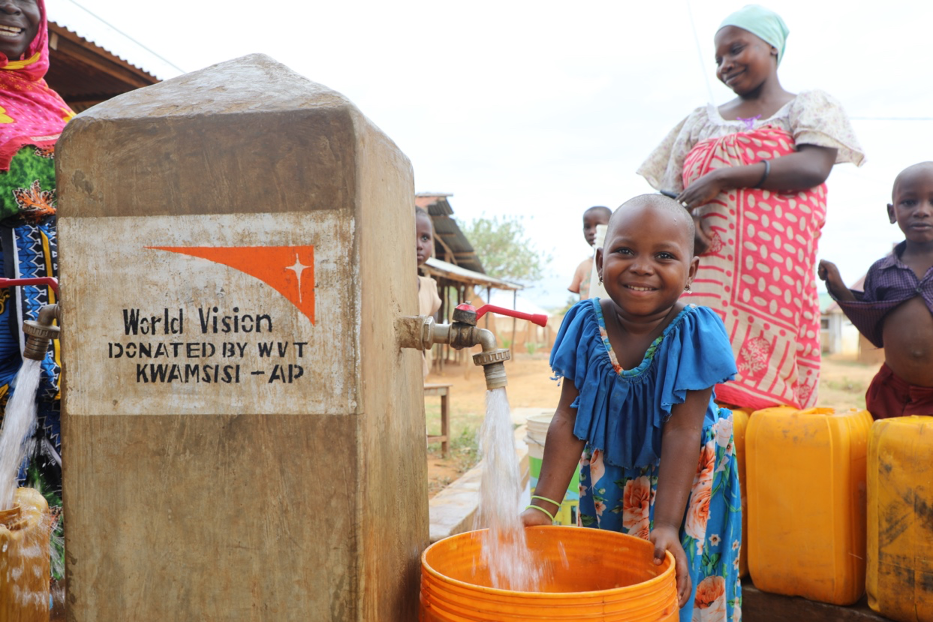In order to achieve this, I initially constructed a dummy model utilizing this as my basline model. Subsequently, I assessed various other models, including a decision tree, logistic regression, and random forest. Upon determining that the random forest model exhibited the highest performance, I optimized the models parameters using a pipeline and grid searches. As a result, I developed a final model that achieved an accuracy of 81%, which is significantly superior to the baseline model's accuracy of 54%.
Among the various features considered, the most crucial one is GPS height, and there are several potential reasons for its significance. Firstly, there may exist a correlation between the altitude of a well and other inherent attributes that are typically associated with different altitudes. Secondly, the type of well pump utilized may vary at different altitudes, subsequently affecting its functional capacity. The remaining important features, such as the well's age, water availability, and TSH, were expected to contribute more significantly to the overall analysis.
 Map of each well with color weighted according to their GPS height. Red indicates the highest elevation, and blue indicates the lowest elevation.
Map of each well with color weighted according to their GPS height. Red indicates the highest elevation, and blue indicates the lowest elevation.

A map depicting the elevation of Tanzania was generated, the resolution of the color scale for the elevation map of Tanzania was reduced due to the inability to achieve a matching resolution when mapping the GPS height points of each well.

Map depicting both the elevation of Tanzania and wells' GPS heights. The color scale of the wells' GPS height was adjusted to align with the color range used in the map of Tanzania's elevation.
Upon reviewing the maps, it is evident that the GPS heights for most wells correspond appropriately to their expected elevations. However, there are certain instances of unalignment, suggesting that several GPS heights may have been incorrectly recorded as 0 or another incorrect value.
 In this map, wells with GPS heights of 0 are represented in red, while those above 0 are depicted in grey, and below 0 are shown in blue. Upon closer examination, it becomes apparent that the majority of wells with GPS heights recorded as 0 are situated in locations that do not align with the expected elevation for those specific coordinates.
In this map, wells with GPS heights of 0 are represented in red, while those above 0 are depicted in grey, and below 0 are shown in blue. Upon closer examination, it becomes apparent that the majority of wells with GPS heights recorded as 0 are situated in locations that do not align with the expected elevation for those specific coordinates.
 This map depicts the location of the wells across Tanzania according to their class, functional, functional but needs repair, and non-functional.
This map depicts the location of the wells across Tanzania according to their class, functional, functional but needs repair, and non-functional.
Comparing the accuracy and recall scores from the baseline model to the final model,
Baseline:
- Accuracy - 57%
- Recall - 57%
Final Model:
- Accuracy - 81%
- Recall - 81%
The final model used in this approach is a random forest with optimized parameters. This model serves the purpose of predicting the status of a well, whether it is functional, non-functional, or functional but in need of repair. Given that access to safe and clean water is considered a fundamental human right, these wells play a vital role in ensuring access to clean water. By utilizing my model, the Tanzanian government can effectively assess whether a well requires repair, aiding in their decision-making process. As I look ahead to the next steps, I am planning to revise the process of developing a predictive model. Initially, I will create a binary classification model with the aim of improving the accuracy of predicting whether a well is functional or not. This binary model will be generated twice, with wells needing repair categorized differently in each model. Once the optimal split for the three classes is determined, a second model will be constructed to predict within the class that contains functional wells but needs repair. This second model will identify which wells specifically need repair. The objective is to enhance the accuracy of predicting the three classes by utilizing two binary classification models as opposed to the current three-class model. Furthermore, I intend to address the issue of wells with incorrect GPS elevation data by either removing them from the dataset or estimating their values based on the overall elevation data of Tanzania. This step aims to improve the accuracy and reliability of the dataset, ensuring that the analysis is based on valid and consistent information.


